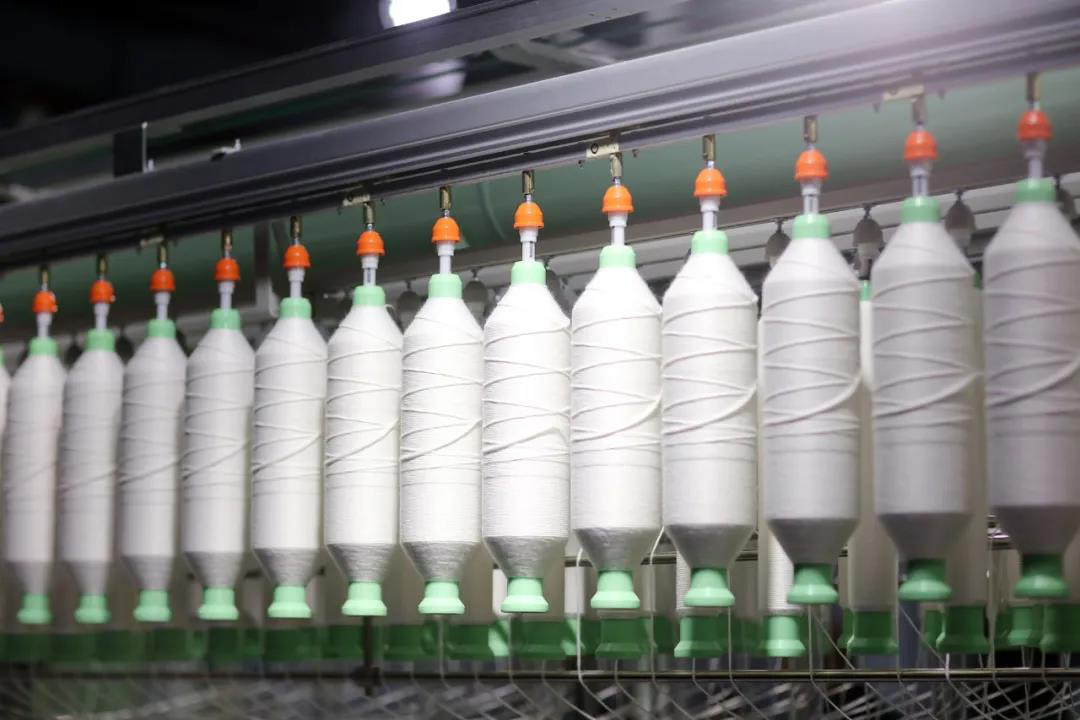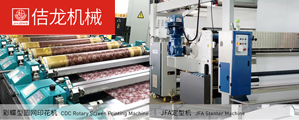The textiles equipment utilization rate above 95% year-to-date: CCTA
Dec 29, 2020 | by Zhao xh

According to the tracking data of the China Cotton Textile Association, cotton textile production continued to increase month-on-month in November, sales decreased month-on-month, and the market slowed down.
Production: equipment utilization rate is higher than the same period last year, yarn and cloth output both increase month-on-month
Production: equipment utilization rate is higher than the same period last year, yarn and cloth output both increase month-on-month
In November, the output of yarn and cloth increased by 0.97% and 5.37% respectively from the previous month. From January to November, the cumulative yarn and cloth output of tracking companies decreased by 8.29% and 13.07% respectively year-on-year, and the cumulative year-on-year decline has continued to narrow since March.
As of the end of November, the utilization rate of spinning and weaving equipment of tracking enterprises was above 95%, and the utilization rate of weaving equipment was slightly higher than that of spinning equipment. Among them, 86% of enterprises had spinning equipment utilization higher than 85%, an increase of 2 percentage points from the previous month; those with weaving equipment utilization higher than 85% accounted for 79%, an increase of 1 percentage point from the previous month. The utilization rate of spinning and weaving equipment in the month was higher than the same period last year for the first time this year.
Sales: Both yarn and cloth sales decreased month-on-month, yarn inventory decreased month-on-month, and cloth inventory increased
In November, yarn sales fell by 11.43% month-on-month, and cloth sales fell by 4.76% month-on-month. As the epidemic continues to spread abroad, overseas markets have declined; domestically, with the end of "Double 11", downstream demand has weakened, the new order has fallen; in addition, yarn prices have also been reduced along with raw material prices, in the month, the prices of pure cotton yarn, pure polyester yarn, pure viscose yarn and imported pure cotton yarn were generally stable and weak. As of the end of November, yarn inventories have fallen by 1.58% month-on-month, and cloth inventories have increased by 2.58% month-on-month.
Operation: The cumulative year-on-year decline in revenue continues to narrow, and profits continue to decline
As of the end of November, the percentage of loss-making company was about 35%, about 7 percentage points higher than the same period last year. From January to November, the operating income of tracking companies fell by 11.47% year-on-year, and the decline was narrowed by about 19 percentage points compared with February. About 78% of the companies fell year-on-year; the export delivery value fell by 21.07% year-on-year, the monthly decline narrowed by 1 percentage point; the total profit fell 30.27% year-on-year, and the cumulative decline narrowed by 46 percentage points compared with February. Among them, 65% of enterprises fell year-on-year, accounting for a decrease of 4 percentage points from the previous month.
Cluster: Production has decreased and the opening rate is basically stable
In November, the production of the cluster decreased, and the utilization rate of enterprise equipment was basically stable. According to economic operation data, compared with the same period of last year, the output and output value of tracking clusters from January to November 2020 decreased year-on-year. In terms of output, the cumulative production of various yarns of cluster enterprises decreased by 16.0% year-on-year, and the production of cloth decreased by 18.3% year-on-year; in terms of economic indicators, the operating income of cluster enterprises decreased by 17.7% year-on-year, and the total profit decreased by 37.5% year-on-year.
It is understood that the production of the cluster is weakened, and the production situation of each cluster is different. Most clusters said that as the end of November approached, market demand continued its off-season characteristics, product sales were poor, orders decreased, and inventories increased. Companies are cautious about the late market, placing their hopes on the late spring and summer fabric market, looking forward to a boost in subsequent demand. The average operating rate of tracking cluster enterprises is above 65%, and the operating rate of enterprises above designated size is about 85%; the operating rate of enterprises operating is basically stable.








